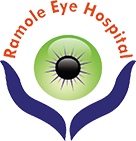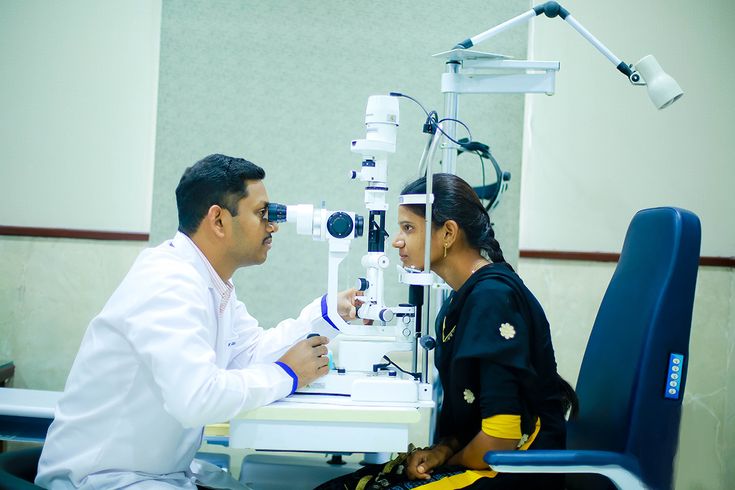What is LASIK?
LASIK (Laser-Assisted In Situ Keratomileusis) is a popular refractive surgery that reshapes the cornea to correct vision problems like nearsightedness (myopia), farsightedness (hyperopia), and astigmatism. It is a highly effective procedure that can significantly reduce or eliminate the need for glasses or contact lenses.
During LASIK surgery, a thin flap is created on the cornea, which is then lifted to allow a excimer laser to precisely reshape the underlying corneal tissue. The flap is then carefully repositioned, where it naturally adheres without stitches. The procedure is typically quick, often completed within minutes for both eyes, and most patients experience rapid vision improvement.




